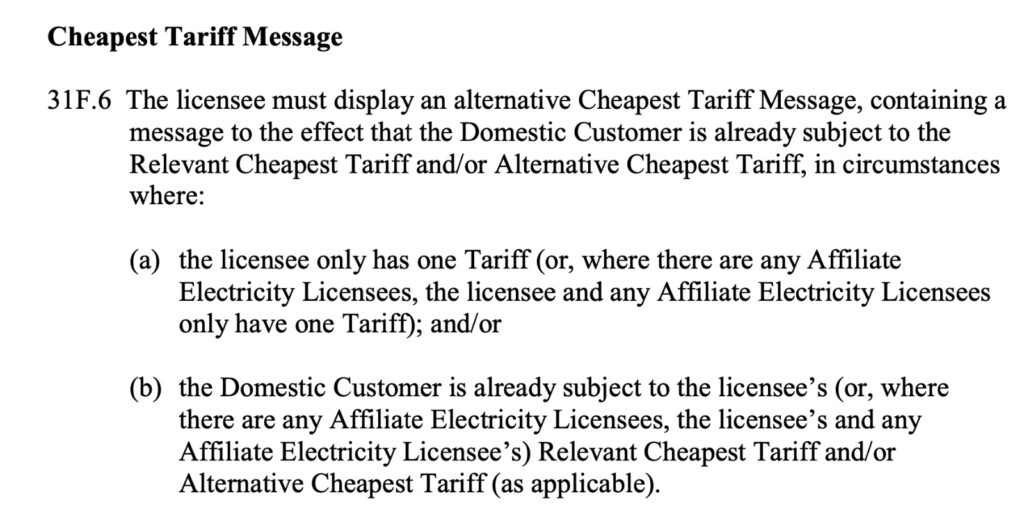Lowering bills, cutting carbon
22 Nov 2021
The way some energy suppliers are communicating with home movers may be encouraging them to pay more – a lot more – than they should do.
When you move home, you will initially be supplied by whichever provider is already serving the property, and placed onto their ‘deemed’ or ‘standard variable’ tariff.
In the past, deemed rates were usually much more expensive than other tariffs available on the market, so it was important to review your options and switch as soon as possible.
Now, things are different. Massive increases in energy prices have made the deals available on the open market very expensive. At the same time, government regulation has kept the price of ‘standard variable’ tariffs capped, so they are now the cheapest tariff for pretty much all suppliers.*
This means that the best thing you can do – for the time being at least** – is nothing at all.
Unfortunately for suppliers, the current level of the price cap doesn’t allow much room for profit. In fact, standard variable tariffs are generally now loss-making for most suppliers. We’ve talked about this in more detail here.
That’s presumably why some suppliers are doing their best to encourage customers moving home onto fixed rate tariffs instead – even though those fixed rate tariffs are MUCH more expensive.
We were recently contacted by a customer who was presented with the following options via British Gas’ moving home portal:

These options made no mention of the standard variable tariff, even though this was a lot cheaper. How much cheaper? Well, we’ve crunched the numbers, and we think that accepting the cheapest of the fixed tariffs offered through the British Gas home move portal would have cost the customer an extra £1,310 a year – a total annual energy bill of almost £3,000.*** And, the tariff is fixed for two years, so that the customer would either be tied to these eye watering rates or forced to pay another £100 to leave early.
We’ll leave that question to the legal experts, but our reading of the ‘Supply Licence’ – the conditions all suppliers have to meet in order to trade – suggests there may be some questions to answer.
In particular, licence condition 31F.6 (b) requires a supplier to tell a customer that they are already on the cheapest available tariff (which this customer would have been on simply by doing nothing):

We’ve done some back-of-beer mat calculations to get a sense of what the likely impact of this might be. There are around 100,000 home moves a month in the UK, and British Gas has around 20% of the domestic electricity market (these figures are from before the recent run of suppliers going into administration, which is likely to have increased British Gas’ market share). That means around 20,000 homes a month are likely to be finding themselves with British Gas as their incumbent supplier.
Assuming all those homes were typical (that they had medium levels of energy consumption, used both gas and electricity, and paid by direct debit), the combined difference between the cheapest tariff on the British Gas home move portal and the standard variable tariff would be a whopping £14m a year – and that’s just for the home moves in a single month.
* Three UK suppliers are exempt from the price cap.
** The price cap is set to increase on 1 April 2022 by as much as £600 a year for a typical home.
*** This doesn’t take into account the forecast increase in the price cap from 1 April.